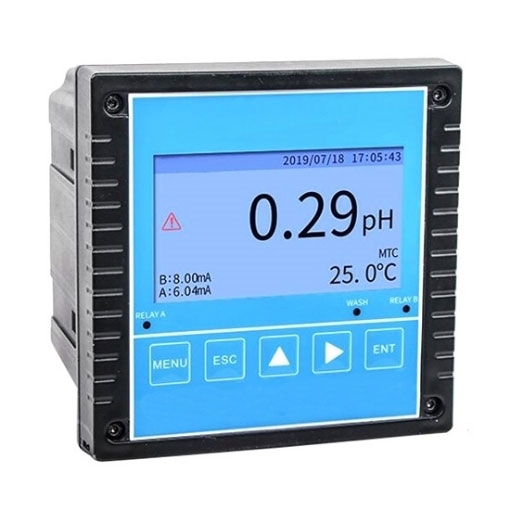A pH meter is a scientific instrument used to measure the activity of hydrogen ions in a water-based solution and express the acidity or alkalinity of the solution in terms of pH value. The potential difference is related to the acidity or pH value of the solution. Testing pH value by means of a pH meter has a wide range of applications, from laboratory experiments to quality control.
Acid meters, also known as pH meters, are relatively common instruments and equipment used in laboratories to precisely measure the acidity and alkalinity values of liquid media (e.g., Mettler pH meters). So do you know how to use a pH meter correctly? The sisco store will now share with you the correct way to use the acid meter.
Calibration
The first thing we need to do when operating is calibration. Adjust the pH meter slope adjuster in the 100% position, and then according to the temperature of the measured solution, adjust the temperature adjuster to the temperature value. Then position and insert the compound electrode into the instrument.
Example: On the sisco's digital pH meter for water/food, the pH value is displayed in the right center of the LCD screen, and the temperature is displayed in the right bottom. PH meters usually require frequent calibration in the field, and calibration is a part of using a pH meter.
PH Meter Display and Control

Positioning
Select a buffer solution closest to the pH value of the sample, place the electrode into this buffer solution, and shake the beaker to homogenize the solution. Wait until the reading stabilizes to see that reading, which is the pH value of the buffer solution.
If you require high-precision measurement, you have to choose two buffer solutions, that is, the pH value of the sample to be measured is between or close to the pH value of the two buffer solutions, wait until the reading of the second buffer solution is stable and then you can read the pH value, if it is not stable, you need to adjust the positioning regulator.
Measurement
Once you have ensured that you have calibrated the pH meter, you can use the pH meter to determine the pH value of the sample. At this point, all regulators need to be left in their post-calibration state.
Clean the electrode, insert the electrode into the beaker containing the sample to be measured, gently shake the beaker, and wait until the reading stabilizes, then the pH value of the sample to be measured will be displayed.
Attention
- The glass electrode must be immersed in distilled water for more than one day and night before the first use, it should be immersed in distilled water when it is used normally, and it must be cleaned before use.
- The glass electrode should not be in contact with strong water-absorbing solvents for too long, and it should be used in strong alkali solutions as soon as possible in the pH meter, and should be washed with water immediately after use.
- Because the glass electrode bubble film is very thin, it can not be touched with the glass cup and hard objects.
- When the glass membrane is stained with oil, it should be soaked with alcohol, then carbon tetrachloride or ether, and finally with alcohol, and then washed with distilled water. If not, the electrode surface will lead to non-standard readings and large errors due to contamination when determining solutions containing proteins.
- The electrode should only be gently dried with filter paper after cleaning, and should never be wiped with fabric, as this will cause the electrode to generate a static charge and lead to incorrect readings.

